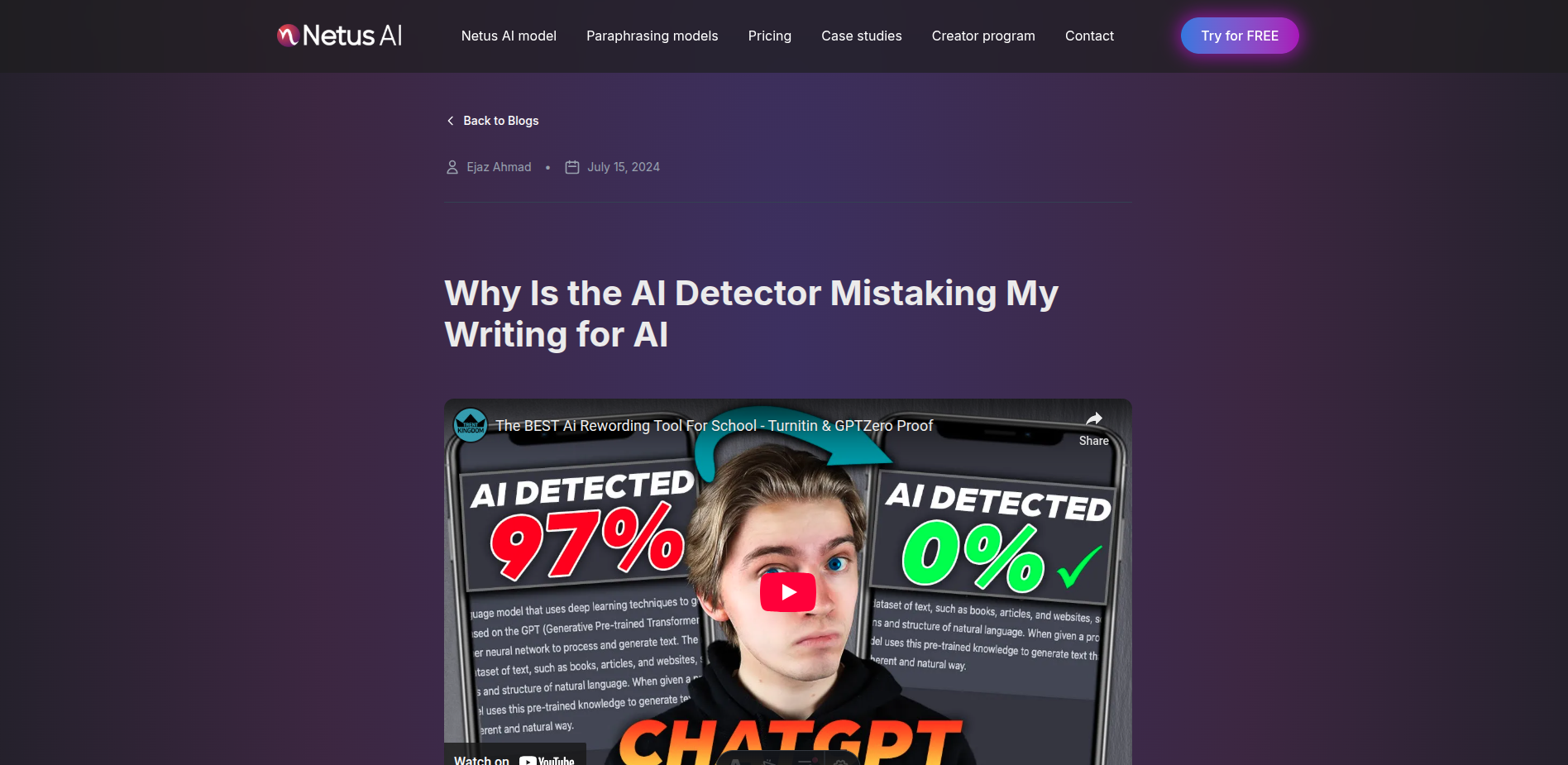Why Is the AI Detector Mistaking My Writing for AI
Ashley Merit
Content writer and editor for Netus.AI
Table of Contents
Why Is the AI Detector Mistaking My Writing for AI? Maybe you just forgot to retype AI content taht you generated? AI detectors are becoming increasingly common in various aspects of our lives. From social media platforms to job application processes, AI detectors are used to analyze and evaluate content for authenticity and quality. However, the use of AI detectors is not always perfect, and many people have found themselves wondering why their own writing is being flagged as AI-generated.
The issue of AI detectors flagging human writing as AI-generated is a growing concern for many individuals. While the technology behind AI detectors is impressive, it is not infallible. The detectors use algorithms and machine learning to analyze patterns and characteristics of writing, but they may not always be able to accurately distinguish between human and AI-generated content. This can lead to frustrating experiences for individuals who are trying to share their own writing online or apply for jobs that require writing samples.
Understanding AI Detection
The Rise of AI Writing
The rise of AI writing has been a game-changer in the field of content creation. With AI language models becoming more advanced, it has become easier to generate content that is indistinguishable from human-written content. However, this has also led to an increase in the use of AI detectors to identify AI-generated content.
How AI Detectors Work
AI detectors are AI-based tools that use machine learning algorithms to analyze text and determine whether it was generated by a human or an AI language model. These tools work by analyzing various linguistic features such as grammar, syntax, and vocabulary to identify patterns that are indicative of AI-generated content.
AI detectors use a range of techniques such as perplexity and reliability to improve their accuracy. Perplexity is a measure of how well a language model can predict the next word in a sentence, while reliability is a measure of how well the model can generalize to new data.
Common Challenges in AI Detection
Despite the advances in AI detection technology, there are still some common challenges that need to be addressed. One of the biggest challenges is the issue of false positives, where AI detectors incorrectly identify human-written content as AI-generated content. This can happen if the content is highly technical or uses a lot of jargon, which can confuse the AI detector.
Another challenge is the reliability of AI content detectors. While these tools are becoming more accurate, they are still not perfect and can make mistakes. This is particularly true for new and emerging AI language models, which may not have been thoroughly tested.
In conclusion, AI detection is an important technology that is becoming increasingly important in the fight against AI-generated content. While there are still some challenges that need to be addressed, the technology is improving rapidly, and we can expect to see even more advanced AI detectors in the near future.
Analyzing False Positives
Why False Positives Occur
False positives occur when an AI content detection tool incorrectly identifies human-written content as machine-generated. This can happen due to a variety of reasons, including similarities in writing style, sentence structure, and language patterns.
One of the main reasons for false positives is biased training data. If the AI detector is trained on a dataset that is not diverse enough, it may not be able to accurately identify content that deviates from the norm. This can lead to false positives, where content that is different from the norm is flagged as machine-generated.
Another reason for false positives is the use of tools like Grammarly or other writing assistance software. These tools can sometimes introduce language patterns or sentence structures that are similar to those used by machine-generated content.
Impact on Writers and Publishers
False positives can have a significant impact on writers and publishers. If a piece of human-written content is flagged as machine-generated, it may be rejected by publishers or flagged as spam by content platforms. This can lead to a loss of revenue for writers and publishers.
Additionally, false positives can be frustrating for writers who are trying to create high-quality content. If their work is consistently flagged as machine-generated, it can be demotivating and may lead to a decrease in the quality of their work.
In conclusion, false positives are a common issue with AI content detection tools. They can occur due to biased training data, the use of writing assistance software, and similarities in writing style, sentence structure, and language patterns. The impact of false positives can be significant, leading to a loss of revenue for writers and publishers and demotivating writers. It is important for AI content detection tools to be continually improved to reduce the occurrence of false positives.
The Intersection of AI and Human Creativity
Distinguishing Human-Written Content
One of the challenges with AI detectors is that they are trained on large datasets of both human-written and AI-generated content. As a result, they may struggle to distinguish between the two, especially when the writing patterns are similar.
However, there are certain characteristics of human-written content that can help differentiate it from AI-generated content. For example, human writers tend to inject more creativity and originality into their work, while AI-generated content can sometimes feel formulaic and repetitive. Additionally, human-written content often contains more nuanced language and contextual understanding that AI may struggle to replicate.
The Role of Creativity and Originality
Creativity and originality are key components of human-written content that can be difficult for AI to replicate. While AI can generate content based on patterns and algorithms, it lacks the ability to truly understand the nuances of language and context that human writers possess.
This is where the concept of an “AI humanizer” comes into play. An AI humanizer is a tool that can help bridge the gap between AI-generated content and human-written content by injecting more creativity and originality into the AI’s output. This can be especially helpful in educational settings, where students and educators may be looking for more personalized and engaging content.
Overall, the intersection of AI and human creativity is a complex and evolving area of study. While AI has made significant strides in generating content that mimics human writing patterns, there are still many challenges to overcome in order to truly replicate the creativity and originality that human writers possess.
Technological Tools and Educational Context
AI Writing Tools in Education
AI writing tools have become increasingly popular in educational settings, providing students with a range of benefits. These tools can help students improve their writing skills, provide suggestions for grammar and spelling, and even generate ideas for research papers. AI writing tools can also help students to avoid plagiarism, by providing them with suggestions for paraphrasing and citing sources.
Teachers can also benefit from using AI writing tools in the classroom. These tools can help teachers to grade papers more efficiently, by providing them with suggestions for areas that need improvement. AI writing tools can also help teachers to identify instances of plagiarism, by comparing student papers to a database of previously submitted work.
However, it is important to note that AI writing tools should not be used as a substitute for learning how to write. These tools should be used as a supplement to traditional writing instruction, and students should be encouraged to develop their own writing skills.
Addressing Academic Integrity
AI writing tools can also be used to address issues of academic integrity. Plagiarism checkers such as Turnitin can help universities to identify instances of plagiarism, and provide students with feedback on how to avoid it in the future.
Paraphrasing tools can also be useful in addressing issues of academic integrity. These tools can help students to rephrase sentences and paragraphs in their own words, avoiding the temptation to copy and paste from other sources.
It is important for universities to take a proactive approach to addressing issues of academic integrity, by educating students about the consequences of plagiarism and providing them with the tools they need to avoid it. By using AI writing tools in conjunction with traditional writing instruction, universities can help students to develop their writing skills while also promoting academic integrity.
Optimizing Content for AI and Humans
Best Practices for Writers
As AI detectors become more advanced, it is important for writers to optimize their content for both AI and human readers. Here are some best practices for writers to follow:
- Use clear and concise language: Avoid using complex sentences and jargon that may confuse AI detectors and human readers alike. Instead, use simple language that is easy to understand.
- Format your content: Use headings, subheadings, and bullet points to break up your content into easily digestible chunks. This not only makes it easier for readers to follow, but also helps AI detectors to identify the main topics of your content.
- Use relevant keywords: Use keywords that are relevant to your content and the topic you are covering. This will help AI detectors to understand what your content is about and improve your search engine optimization (SEO).
- Include media: Including images and videos in your content can help to break up text and make it more engaging for readers. However, make sure that any media you use is relevant to your content and adds value to the reader’s understanding.
The Future of AI Detection and SEO
As AI detectors become more advanced, the way we optimize content for search engines and readers will continue to evolve. Here are some potential developments to keep an eye on:
- Improved AI detectors: As AI detectors become more sophisticated, they will become better at identifying human-written content from AI-generated content. This means that writers will need to be even more careful to optimize their content for both AI and human readers.
- More personalized content: AI detectors are already being used to personalize content for individual users based on their browsing history and preferences. This means that writers will need to focus on creating content that is not only optimized for search engines, but also tailored to the individual needs and interests of their readers.
- Increased use of multimedia: As AI detectors become better at identifying multimedia content, such as images and videos, publishers will need to focus on creating high-quality multimedia content that is optimized for both AI and human readers.
Overall, optimizing content for AI and humans requires a balance between creating high-quality content that is engaging for readers and optimized for search engines. By following best practices and staying up-to-date with the latest developments in AI detection and SEO, writers can ensure that their content is seen by both AI detectors and human readers.
Related Posts

The shortcomings of content generated by AI | NetusAI
Discover why fast, high-volume AI content often fails to deliver real results. Learn about the crucial missing feedback loop and how implementing performance tracking can transform your AI content strategy.
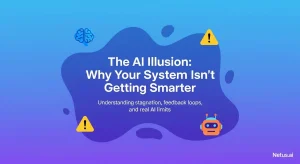
The illusion of AI: Your system's intelligence gap | NetusAI
Stop wasting marketing spend! Most AI tools don’t learn from results, causing content stagnation and low engagement. Discover why your generative AI isn’t getting smarter and what system actually learns and optimizes content.
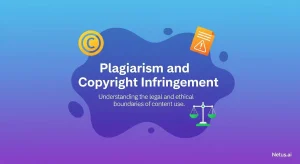
Plagiarism and copyright infringement | NetusAI
Learn the distinct differences between plagiarism and copyright infringement. Understand the ethical and legal implications and get practical strategies for avoiding both academic and creative work with NetusAI.
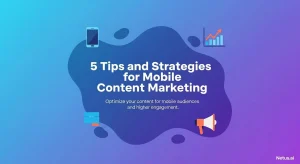
Tips and strategies for mobile content marketing | NetusAI
Optimized for mobile-first indexing, learn 5 essential strategies to capture attention, enhance engagement and drive leads and sales with your mobile content marketing.
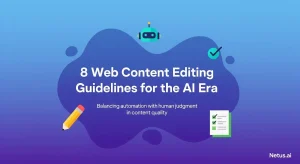
Web content editing guidelines for the AI era | NetusAI
Review web content editing guidelines for the AI era. Learn how to edit AI-generated content, ensure authenticity and optimize for SEO and readability.
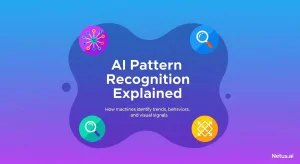
Explaining AI pattern recognition | NetusAI
AI pattern recognition enables machines to identify trends for diverse applications, from detecting plagiarism to fraud. Discover its processes, models and real-world benefits.

